Hydronic heating systems are widely used for their efficiency and comfort, circulating heated water through pipes to provide consistent warmth. While these systems offer many benefits, ensuring safety during installation and operation is crucial. Proper component selection, system design, and regular maintenance all play a role in preventing accidents and system failures. In this article, we will explore several safety considerations that are essential for hydronic heating installations, with a focus on key components such as the high flow pressure reducing valve, fuel pressure reducing valve.
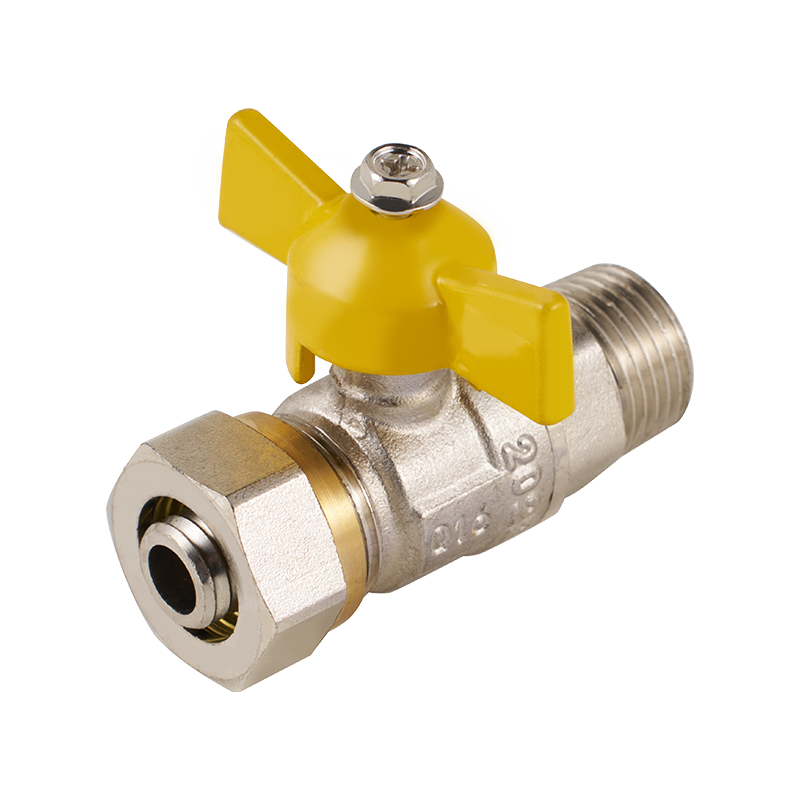
One of the primary safety concerns in hydronic heating systems is managing pressure. Excessive pressure within the system can advance to leaks, ruptures, or damage to components. Installing a high flow pressure reducing valve is a common method to control and stabilize system pressure. This valve helps to regulate the water pressure entering the system, preventing sudden surges or excessive pressure that could compromise pipe integrity or connected equipment. Ensuring that this valve is correctly sized and installed according to system specifications can greatly reduce the risk of pressure-related failures.
In addition to water pressure control, fuel supply systems in hydronic heating also require careful attention. Many hydronic systems rely on fuels such as natural gas, oil, or propane to generate heat. A fuel pressure reducing valve is critical in these setups to maintain a consistent and safe fuel pressure. Fluctuations or spikes in fuel pressure can result in inefficient combustion, equipment damage, or even dangerous leaks. The fuel pressure reducing valve ensures that the fuel pressure remains within safe limits, protecting both the heating equipment and the building occupants.
Another key component contributing to safety is the stop valve. This valve acts as an important shut-off point within the piping system. During installation or maintenance, being able to quickly and reliably isolate sections of the system is essential to prevent water damage or accidental burns. The stop valve is designed to provide a secure seal when closed and ease of operation for the user. Its construction is typically robust to withstand the pressure and temperature conditions common in hydronic heating. Proper placement and labeling of these valves throughout the system can improve emergency response times and simplify routine servicing.
Beyond component selection, the layout and installation of the piping network have safety implications. Pipes should be properly supported to avoid sagging or undue stress on joints. Clearances from combustible materials must be maintained, especially around heat sources and fuel lines. Insulation on pipes can prevent heat loss but also serves to protect users from accidental contact with hot surfaces. Adhering to relevant codes and standards ensures that these safety measures are consistently applied.
Regular inspection and maintenance are also vital in preserving safety. Over time, valves and pipes may wear or corrode, which can advance to leaks or failures. Checking the function of the high flow pressure reducing valve and fuel pressure reducing valve at scheduled intervals helps identify any pressure irregularities before they escalate. Likewise, operating the stop valve periodically ensures it remains functional in case of emergency. Keeping a maintenance log and promptly addressing any issues found can extend the system's lifespan and maintain safe operation.
In some installations, integrating additional safety devices like pressure relief valves or temperature sensors may be appropriate. Pressure relief valves act as fail-safes that release water if pressure exceeds a safe threshold, preventing pipe bursts. Temperature sensors can monitor water temperature and shut down the system if overheating occurs, reducing fire risk. When combined with proper valves and system design, these devices create multiple layers of protection.
In summary, hydronic heating installations require thoughtful attention to safety through component selection, system design, and maintenance. The high flow pressure reducing valve helps maintain stable water pressure, while the fuel pressure reducing valve ensures safe fuel supply conditions. The stop valve provides reliable shut-off capability for control and emergency isolation. Together, these elements contribute to a system that operates safely and efficiently. Keeping these considerations in mind during installation and operation will support both user safety and system longevity.


 English
English русский
русский Español
Español عربى
عربى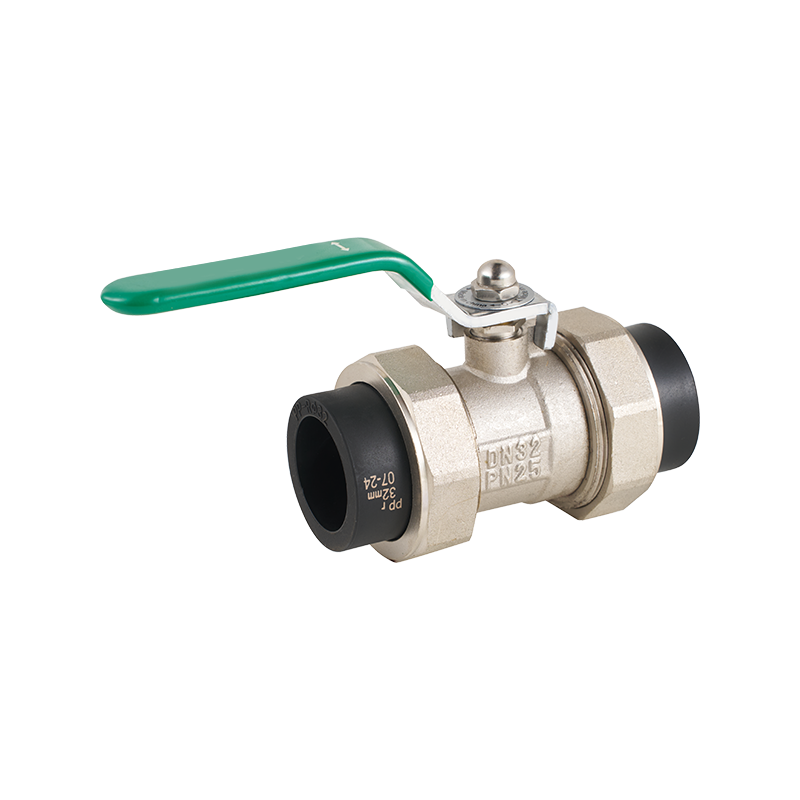
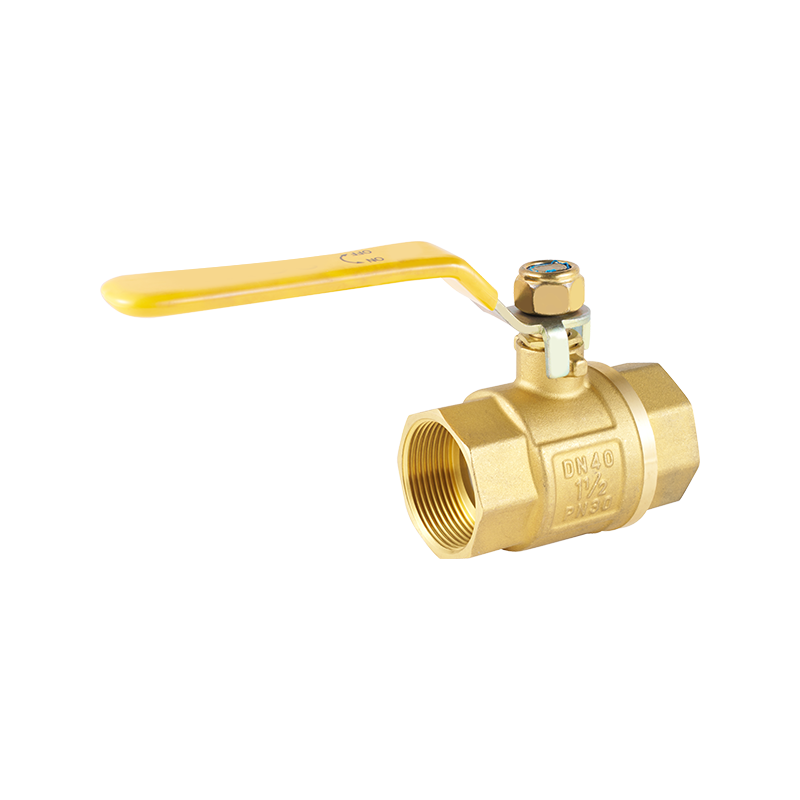
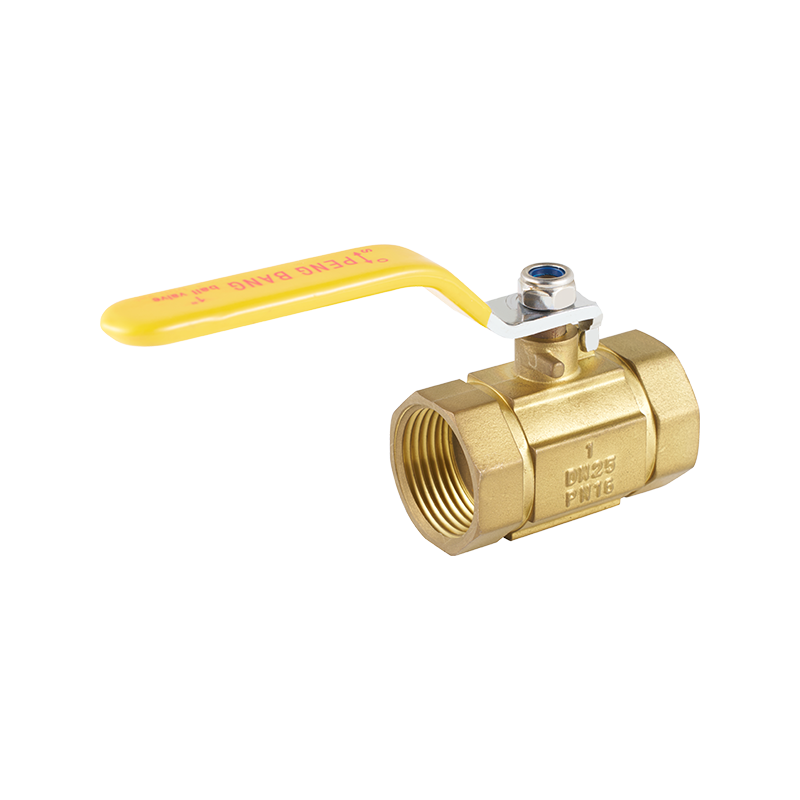

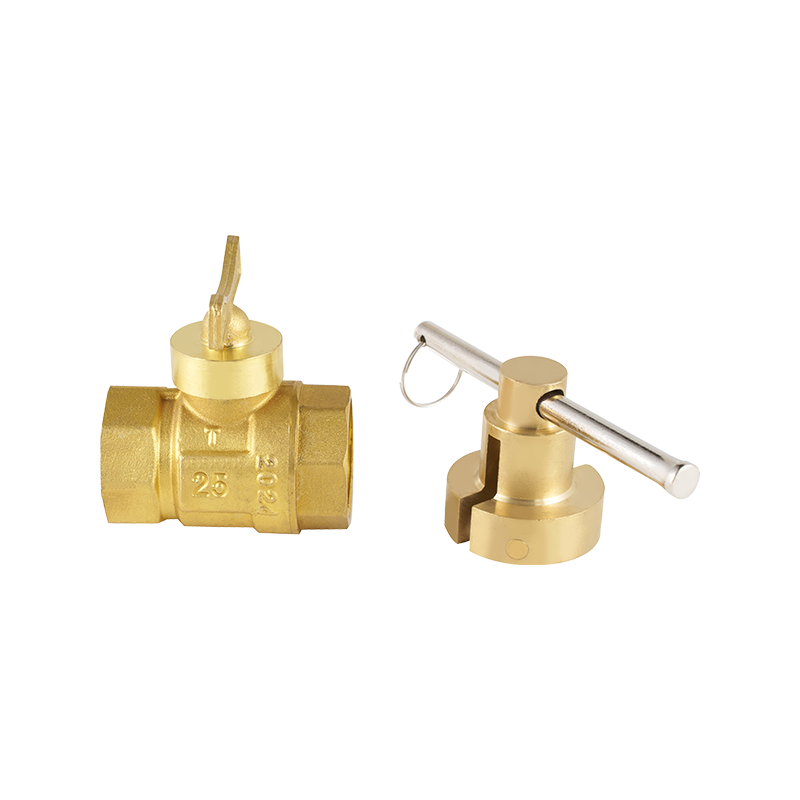
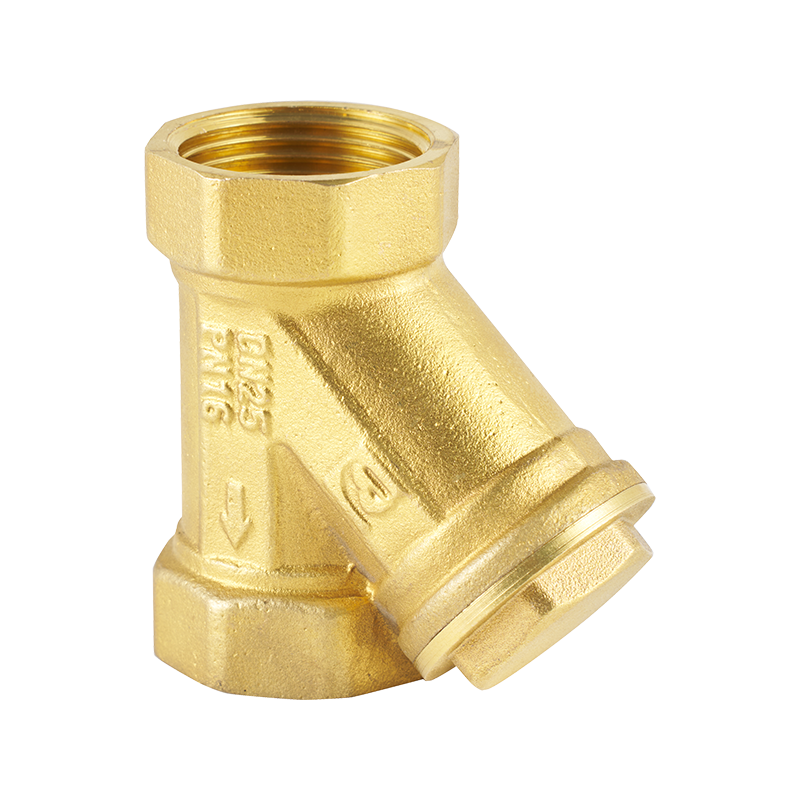

 CONTACT US
CONTACT US